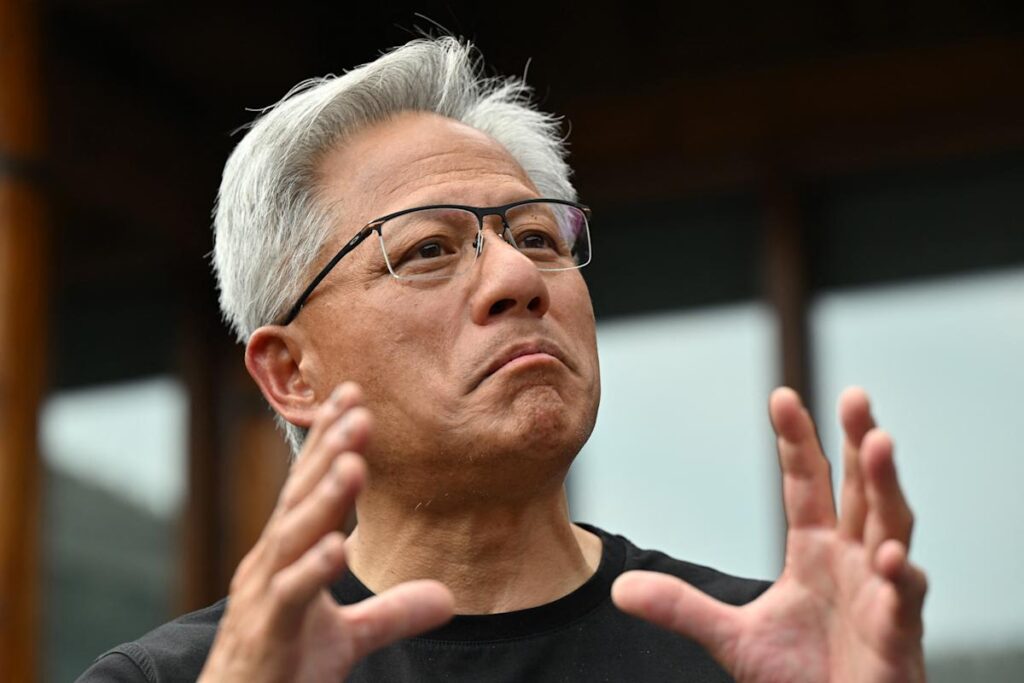 |
| Gold V.1.3.1 signal Telegram Channel (English) |

U.S. Imposes 25% Tariff on Auto Parts: Global Supply Chain Disruption and How It Hits Hong Kong Auto Tech Stocks
2025-05-06 @ 00:56
On May 3, 2025, the U.S. government officially imposed a 25% tariff on imported auto parts. While the measure aims to boost domestic manufacturing, it has triggered widespread ripple effects across the automotive industry. From manufacturers and suppliers to investors and consumers, the policy has unsettled every corner of the market.
According to the executive order issued by the White House, the tariffs primarily target parts imported from outside North America. Auto components that meet the standards of the US-Mexico-Canada Agreement (USMCA) are exempt. To ease the burden on domestic manufacturers, the administration also introduced a program called “Import Adjustment Credit,” allowing vehicles assembled in the U.S. to apply for tax relief based on their Manufacturer’s Suggested Retail Price (MSRP). This credit starts at 3.75% in its first year, drops to 2.5% the next, and phases out by May 2027.
For automakers, these tariffs are a direct hit to the cost structure. Take General Motors (GM) as an example: despite posting a strong Q1, GM postponed its scheduled earnings call amid the growing policy uncertainty. The company warned that it may need to lower its annual profit guidance by 5%–7% if import costs continue to rise. Other sectors are also feeling the shock; NXP Semiconductors, though it beat expectations, saw its stock plunge due to a combination of executive turnover and trade tensions.
Meanwhile, companies like Zebra Technologies—providers of supply chain automation equipment—are gaining market momentum. As efficiency becomes paramount under rising cost pressures, demand for technologies that streamline operations and save money is surging.
Consumers aren’t spared either. Data from Edmunds suggests that the total cost of purchasing a new car could jump by $5,000 to $10,000, mainly because U.S. auto production still heavily relies on imported parts. Maintenance won’t be any cheaper, either—especially for frequently replaced components like brake and drivetrain parts, many of which are still sourced overseas. Experts in the aftermarket repair industry anticipate a 15%–20% rise in average service costs across the board.
This has unexpectedly revived demand in the used car market. Over the past two weeks, search volume for used models—particularly fuel-powered vehicles with higher U.S. or North American part content, like the Ford F-150 and Toyota Camry—has jumped almost 30%. For many households, buying used is becoming the more practical option.
Tech and e-commerce firms are also weighing in. Amazon, for instance, has begun displaying “tariff breakdowns” on product pages to highlight how much of a product’s cost is tariff-related. The move, however, drew criticism from the White House, which called it “provocative.” The move has sparked new debates around pricing transparency and the intersection of commerce and politics.
Interestingly, the ripple effect has reached even the skies. While Boeing isn’t directly impacted by the new tariffs, its supplier, Spirit AeroSystems, recently secured a deal with Airbus. The market sees this as a move to stabilize the supply chain, sending Boeing shares up by double digits last week.
In the longer run, strategic supply chain realignment is inevitable. Forvis Mazars, a supply chain consultancy, estimates that if elevated part costs persist, North American light vehicle sales could decline by as much as 10% over the next three years. Still, firms like Honeywell are positioning themselves advantageously. Thanks to strong performance from its automation solutions, Honeywell’s Q1 earnings exceeded expectations, lifting its stock.
The White House hopes the tax credit program will bring manufacturing back to U.S. soil, but complex application procedures and strict origin verification have left many smaller suppliers hesitant. Some are now considering relocating south to Mexico to take advantage of USMCA benefits.
Ultimately, this new tariff regime could reshape the auto industry in fundamental ways. It’s a period of transition filled with both challenges and opportunities. Whether you’re steering an automotive supply chain or just shopping for a new car, the next two years will demand sharp focus, strategic agility, and a close watch on how U.S. manufacturing adapts—and how trading partners respond.


![[Daily Closing 🔔] Gold – Gold Price Outlook: Impact of U.S. Jobs Data and China-U.S. Trade Relations on Global Spot Gold Trends](https://int.1uptick.com/wp-content/uploads/2025/05/2025-05-03T061704.162Z-file-1024x567.png)
![[Daily Closing 🔔] Gold – Gold Prices Slip Amid Volatility on Thursday as Stronger U.S. Dollar Weighs on Market](https://int.1uptick.com/wp-content/uploads/2025/05/2025-05-02T053426.282Z-file-1024x571.png)
![[Daily Closing 🔔] Gold – Gold Prices Slip as Stronger U.S. Dollar and Easing Safe-Haven Demand Weigh on Market](https://int.1uptick.com/wp-content/uploads/2025/05/2025-05-01T045328.050Z-file-1024x576.png)
![[Daily Closing 🔔] Gold – Gold Prices Slip as Markets Await Key U.S. Economic Data Release](https://int.1uptick.com/wp-content/uploads/2025/04/2025-04-30T071609.409Z-file.jpeg)


